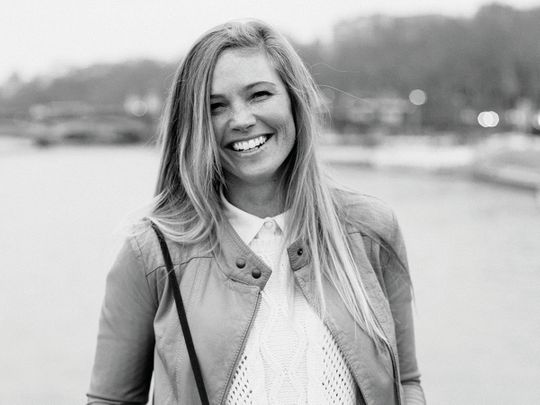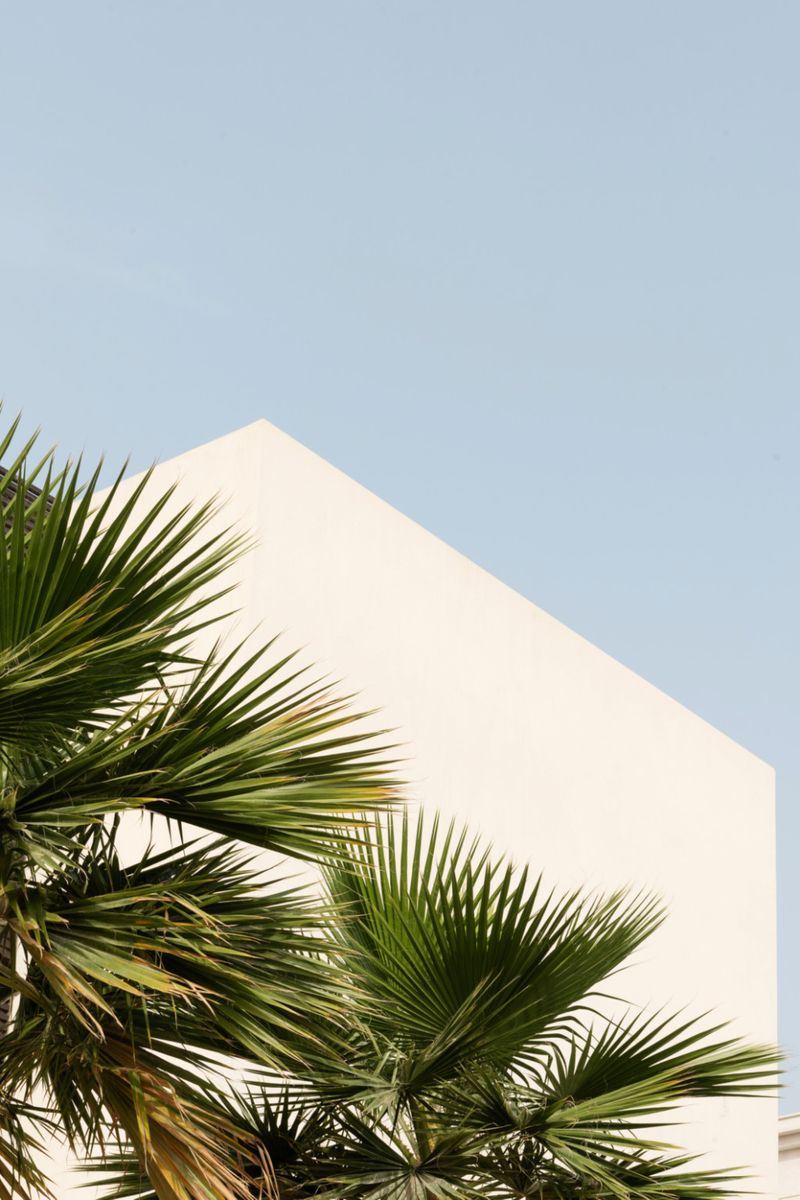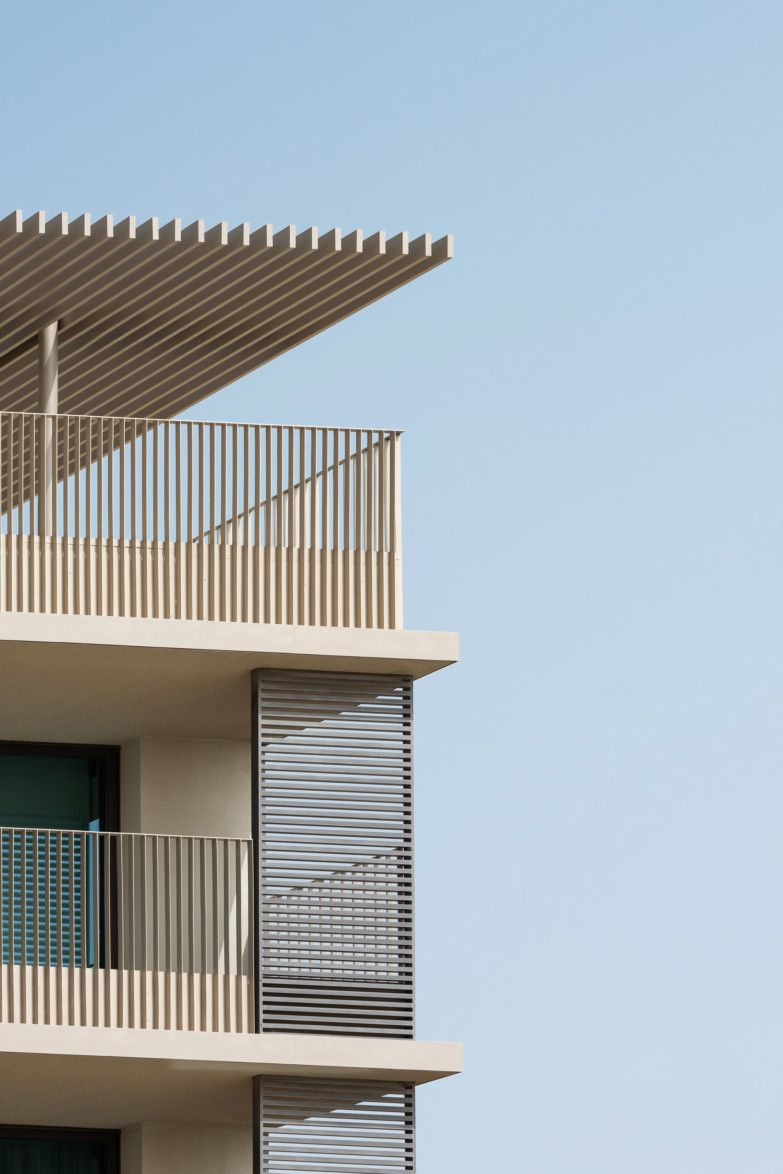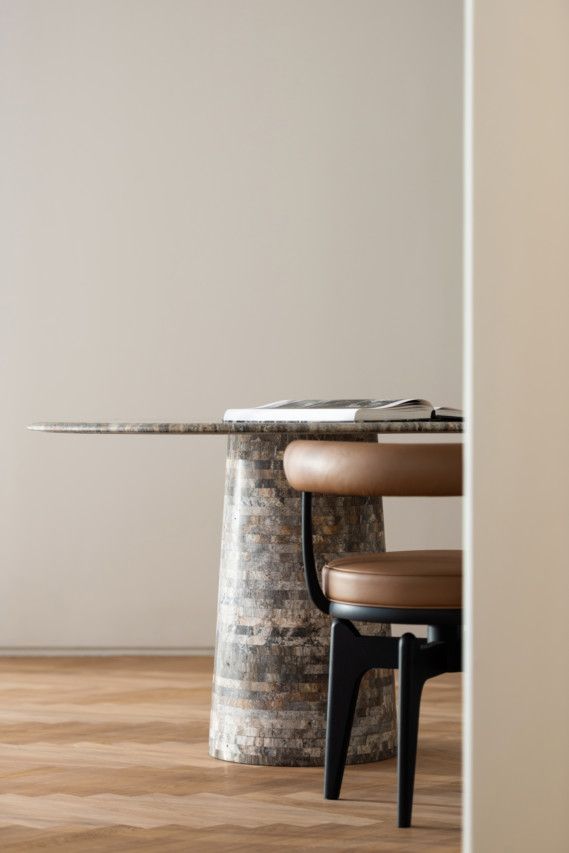
Visual communication in design is key. It helps creative entrepreneurs get noticed — by potential clients, editors, influencers and collaborators; but not every creative is backed by a robust catalogue of print friendly imagery.
Whilst hiring a professional photographer is an obvious solution, the good ones are costly. This is how designers, brands and studios can make the most of the photographer’s time.
Get client on board
Each new project is a fresh calling card for a designer or a creative entrepreneur; it is crucial, especially for emerging talent that they can document and promote their word. This will require having an honest conversation with a potential client or influencer that you might be looking to work with. Having the client on board from the start will lead to a headache free shoot and manage everyone’s expectations from the get go.
Maximise the day
No matter how busy you are, make it a point to show up for your project shoot — and show up well before the photographer. This way, not only will you be able to give real-time feedback to the photographer, but by styling the site in advance, you will save time on the shoot day. It always helps to take sample pictures from your phone — it makes communication with the photographer so much easier.
Think of social
After the actual work, social media is your most important channel to get exposure and connect with future prospects. It is important to be intentional about shooting one’s work for Instagram. Bright, airy images work best and a consistent photography (and filer styles) helps curate the feed better. Keep in mind how your images will show up on other people’s feeds: Landscape shots are less impactful as they take up less space, whilst portrait orientations make more impact. Also, lifestyle photography and full-room shots outperform product shots and close-ups.
Upgrade your photography skills
The region’s leading design and lifestyle photographer Natelee Cocks shares five simple ways how designers and creative entrepreneurs can shoot their own, professional standard imagery.
Find your light: If possible, recce your location a couple of days before your shoot at different times. This will give you a chance to see how natural light affects your environment throughout the day and help you plan your project a little better. I enjoy capturing two different lighting set-ups for every project in order to achieve some contrast in the final images.

Keep it steady: When it comes to interior, product or architectural photography sharpness is everything. No matter how steady you think your hands are the slightest shake could ruin that perfect shot! This is where a tripod is key, not only will it help you maintain those perfectly straight lines, but it’s indispensable in low light conditions and multiple exposures. I used to really dislike how limiting and time consuming my tripod was but the more I used it the more I learnt to love it! Now I consider my tripod an extension of my camera and cant work without it!
Change your perspective: In photography, as in life, perspective is everything. Give yourself time to find that interesting point of view or angle that will capture the space in a totally unique way. I like to take a couple of minutes to capture a few angles with my phone before settling on my final shot. The flexibility of the phone allows me to ‘shoot from the hip’ in search of that something special, a task that is often impossible through your camera lens.

The devil is in the details. An object or space is often more than the sum of its parts and in order to appreciate the bigger picture you just need to get a little closer. Once I’ve captured the hero shot, I like to showcase the time and effort that has gone into details like joinery, design and the use of texture.

Less is more. The purpose of your image should always be to make you product or space the hero. Remember that styling and accessorising should serve only to draw the eye to the product or space and not distract from it. When styling a shot, I like to think about what I can remove, rather than what I can add to achieve the perfect balance.









